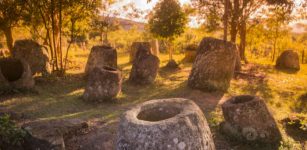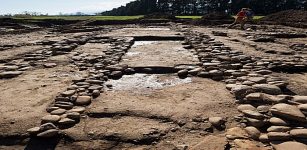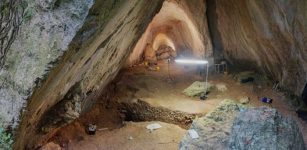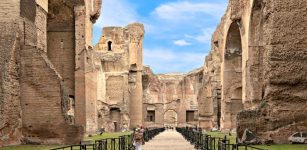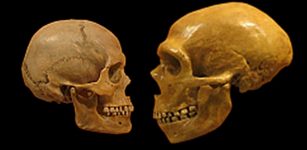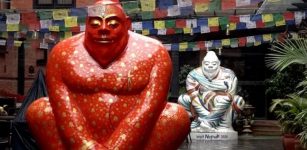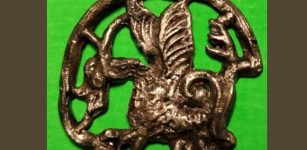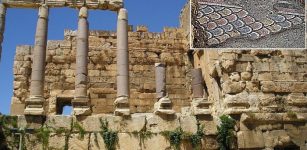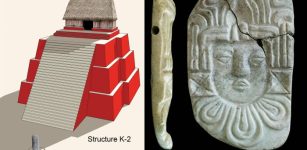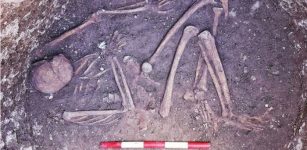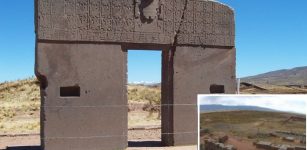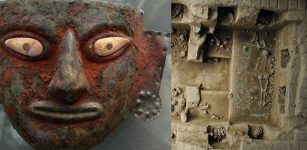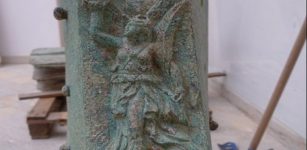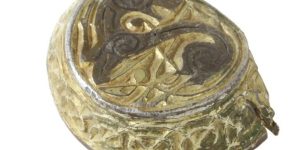Secret Tunnel Leads To Christian Chapel In Ancient Suomela Monastery In Turkey
AncientPages.com - A secret tunnel has been discovered in the Suomela Monastery, one of the most important historical buildings located on Melá Mountain within the Pontic Mountains in the Trabzon Province in northeast modern-day Turkey. The monastery is located 1200 meters above sea level.
The tunnel leads to a special area, which is believed to have served as a temple or chapel for Christians.
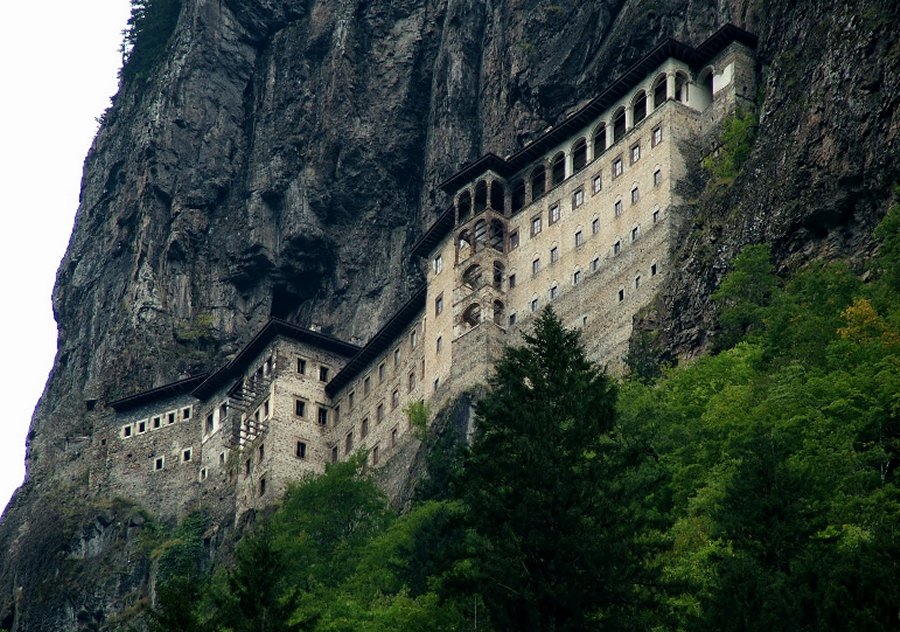
A Greek Orthodox monastery dedicated to the Virgin Mary, located on Melá Mountain within the Pontic Mountains in the Trabzon Province in northeast modern-day Turkey. Image credit: Greek Reporter Europe
The field – located in the upper right side of its northern roof of the structure - is home to unseen frescoes depicting heaven and hell as well as life and death. The chapel is set to become a new destination for those interested in the history of the site.
There are many different frescoes here. They depict heaven and hell and life and death. One of the walls is intact and the frescoes are more authentic there.
A 30-meter road is planned to be constructed in the field. The damaged frescoes and roof sections will also be repaired,” reports Hurriyet Daily News.
The Sumela Monastery is a Greek Orthodox monastery dedicated to the Virgin Mary and founded in 386 AD during the reign of the Emperor Theodosius I (375 - 395).
It is one of the oldest monasteries in the Christian world. It is said that the reason for constructing the monastery was the icon of the Virgin Mary (known as the Panagia Gorgoepekoos), said to have been painted by the Apostle Luke.
The monastery is dedicated to her and is also known locally as the “Monastery of the Virgin Mary”.
Throughout many centuries, the Sumela Monastery has been influenced by many different civilizations. During the time of the Eastern Roman Emperor, the place was used for education and coronation ceremonies.
During the date of the Ottoman Empire, the monastery also played a significant role. To show respect to the Monastery, the Ottoman sultans bestowed a variety of gifts on the monastery over many years. One of them for example, Sultan Selim I gave a gift of two large candlesticks and is known to be amongst those who undertook restoration work.
During its long history, the monastery fell into ruin several times and was restored by various emperors. During the 6th century, it was restored and enlarged by General Belisarius at the behest of Justinian.
It reached its present form in the 13th century after gaining prominence during the existence of the Empire of Trebizond.
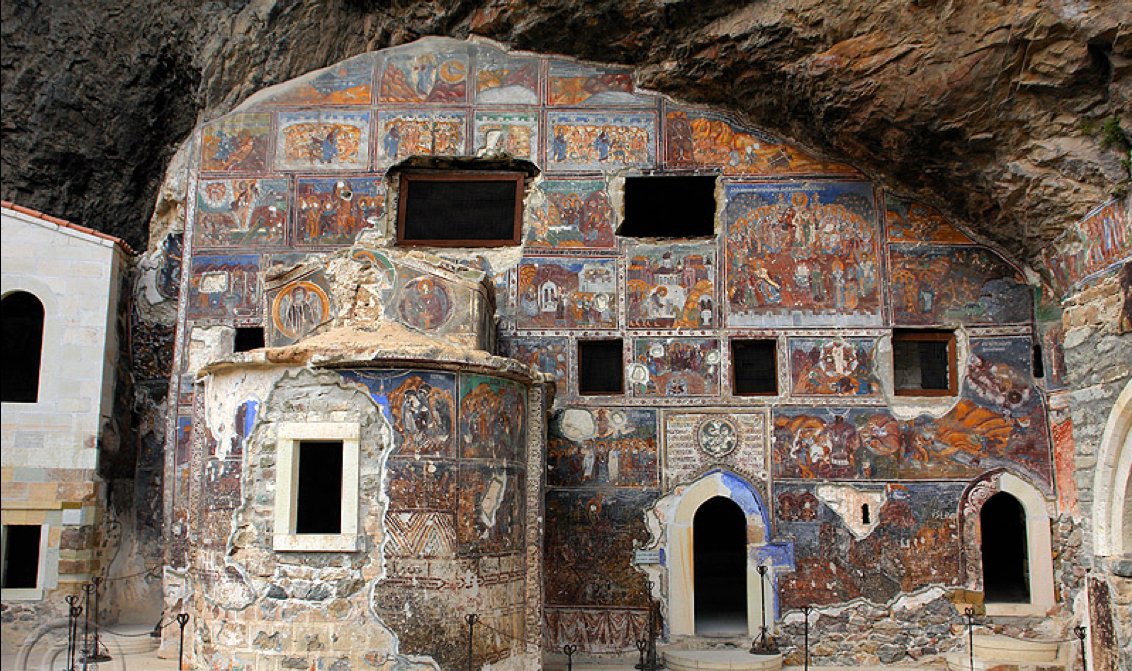
Frescoes in the Monastery of Panagia Soumela, founded 386, Pontic Mountains, Turkey. Image via Wikipedia
According to Koray Koçhan, the mayor of Maçka said the Sümela Monastery is a symbol of Trabzon and Maçka, adding that it was also a religious center for the Orthodox world.
However, “rocks began falling from the mount around the monastery in recent years. One night, a desk-sized rock fell on to the ticket windows. Luckily it happened at night, which prevented any casualties from happening.” “Then we began giving helmets to the visitors. Now the works aim at preventing the fall of the rocks and the restoration of the monastery,” Koçhan explained.
“When this work is done, certain parts of the monastery will reopen in July or August next year.”
“We anticipate that this place was built before the Sümela Monastery when Christianity was not very popular. When all the work is done, visitors will be able to spend a whole day there,” he added.
Original story - here.
AncientPages.com




